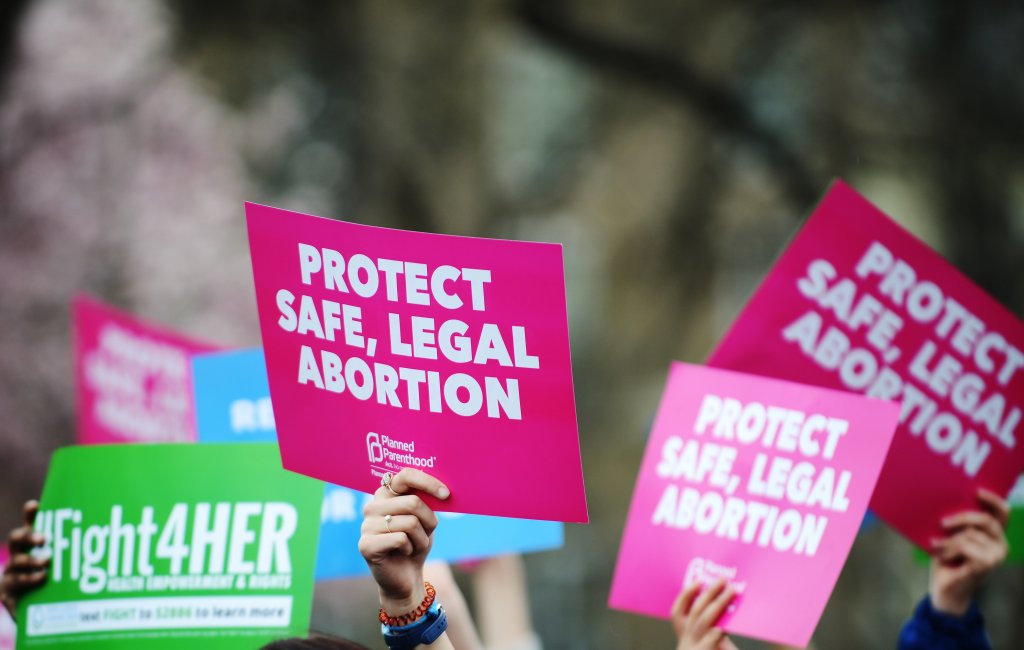Ohio voters approved a constitutional amendment on Nov. 14 that ensures access to abortion and other forms of reproductive health care, the latest victory for abortion rights supporters since the U.S. Supreme Court overturned Roe v. Wade last year.
Ohio became the seventh state where voters decided to protect abortion access after the landmark ruling and was the only state to consider a statewide abortion rights question this year.
The outcome of the intense, off-year election could be a guide for 2024 when Democrats hope the issue will energize their voters and help President Biden to keep the White House. Voters in Arizona, Missouri and elsewhere are expected to vote on similar protections next year.
President Biden and Vice President Harris issued statements honoring the amendment’s win, emphasizing that attempts to ban or critically restrict abortion represent a minority view across the country. Harris hinted at how the issue would likely be central to Democrats’ campaigning next year for Congress and the presidency.
Ohio’s constitutional amendment, on the ballot as Issue 1, included some of the most protective language for abortion access of any statewide ballot initiative since the Supreme Court’s ruling. Opponents had argued that the amendment would threaten parental rights, allow unrestricted gender surgeries for minors and revive “partial-birth” abortions, which are federally banned.
Public polling shows about two-thirds of Americans say abortion should generally be legal in the earliest stages of pregnancy, a sentiment that has been underscored in both Democratic and deeply Republican states since the justices overturned Roe in June 2022.
Before the Ohio vote, statewide initiatives in California, Kansas, Kentucky, Michigan, Montana and Vermont had either affirmed abortion access or turned back attempts to undermine the right.
Republicans remained defiant in the wake of Tuesday’s vote. Ohio House Speaker Jason Stephens said Issue 1’s approval “is not the end of the conversation.”
“As a 100% pro-life conservative, I remain steadfastly committed to protecting life, and that commitment is unwavering,” Stephens said. “The Legislature has multiple paths that we will explore to continue to protect innocent life.”
Previously, state Senate President Matt Huffman, a Republican, has suggested that lawmakers could come back with another proposed amendment next year that would undo Issue 1, although they would have only a six-week window after Election Day to get it on the 2024 primary ballot.
“Advocates for abortion rights argue that women should possess the autonomy to make decisions concerning their bodies, including the option to terminate a pregnancy,” Special Education teacher Andre Shaw said. “Often, women find themselves in situations where they lack the resources and emotional well-being to care for another life responsibly. The ability for women to make choices regarding their reproductive autonomy, safeguard their health, and maintain privacy is deemed crucial. Additionally, it is pointed out that in numerous cases, stringent abortion laws disproportionately impact marginalized communities and individuals with lower incomes.”
In a milestone decision, Ohio’s amendment for abortion rights signifies an essential moment in the ongoing national conversation surrounding reproductive rights. As Ohio takes a progressive step forward, the implications of this amendment are likely to resonate far beyond its borders, influencing the broader debate on women’s reproductive rights across the United States.









